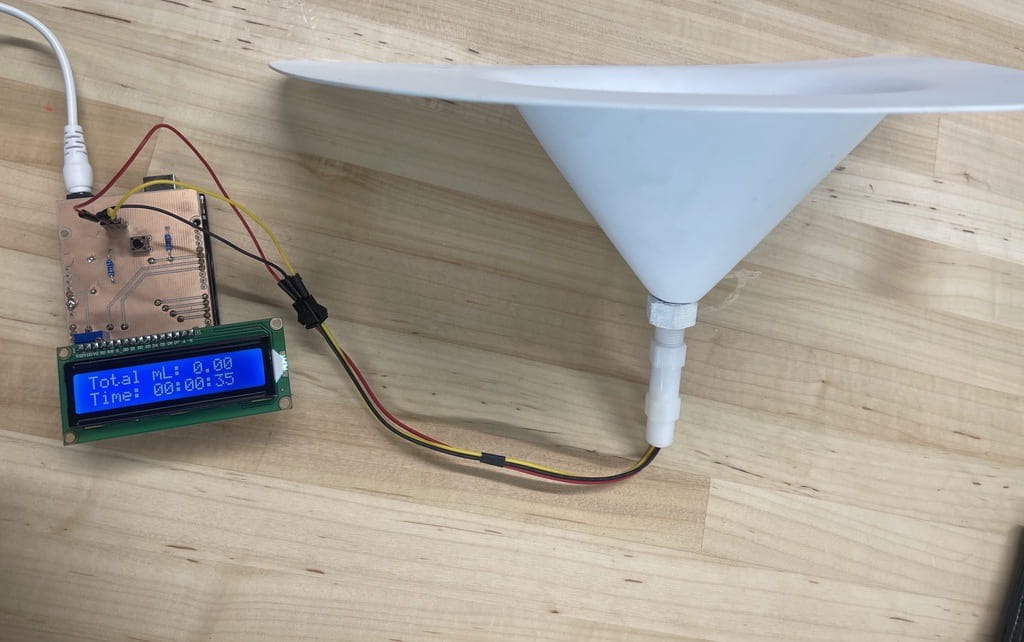Get to know our team on LinkedIN:
Andrew Chow, Amina Ishrat, Diya Mitra, Syd Meyer, Nehan Rajan
EZ PEE-Z
An automated device to measure urine output for congestive heart failure patients
Project Description:
Congestive Heart Failure (CHF) is a disease that affects roughly 5 million people in the US. People with CHF often experience symptoms of fluid overload. Essentially, if the heart is not functioning properly, the heart may not pump as much blood as needed. This causes a backup of fluid known as edema in body extremities and the lungs, causing swelling and further physiological damage. One way to combat this is by administering diuretics which allow for increased fluid output. Diuretics are a class of drugs that aid in ridding the body of sodium and water by releasing more sodium into the blood, thus drawing the water out and decreasing the fluid backup. This fluid is then outputted in the form of urine.
Those who are hospitalized with moderate to severe forms of CHF need to track the effectiveness of their diuretics in order to optimize their medication dosage. One of the most common ways to see the effect of diuretics on the patient is to track their urine output. Catheters are the most accurate device to measure; however, they are incredibly invasive and lead to Urinary Tract Infections. Predicate devices such as the urine hat and hand held urinal do not have accurate enough markings and require constant supervision. Unfortunately, hospital staff are not able to track urine output as often or as accurately as needed. Without an accurate urine output measurement it is difficult to determine whether or not the diuretic dosage is correct. Incorrect diuretic dosages lead to an average of three extra days spent in the hospital.
Our solution focuses on automation with increased precision and accuracy to optimize ease of fluid output measurement. In addition, it mitigates the pain points of current solutions: our device is unisex, more accurate and precise, and does not require supervision.



